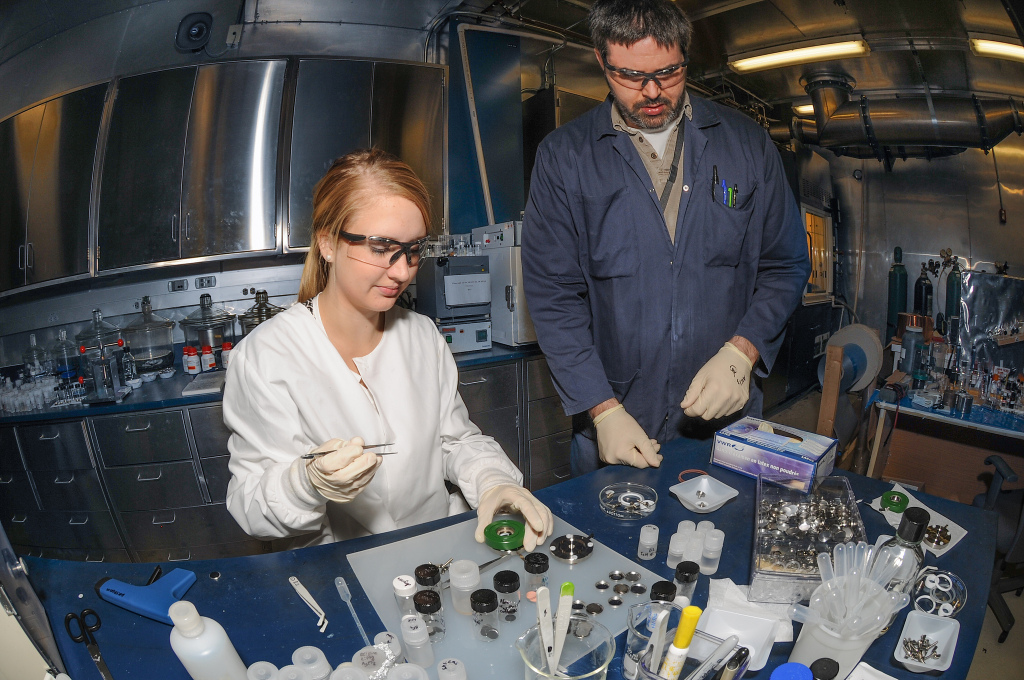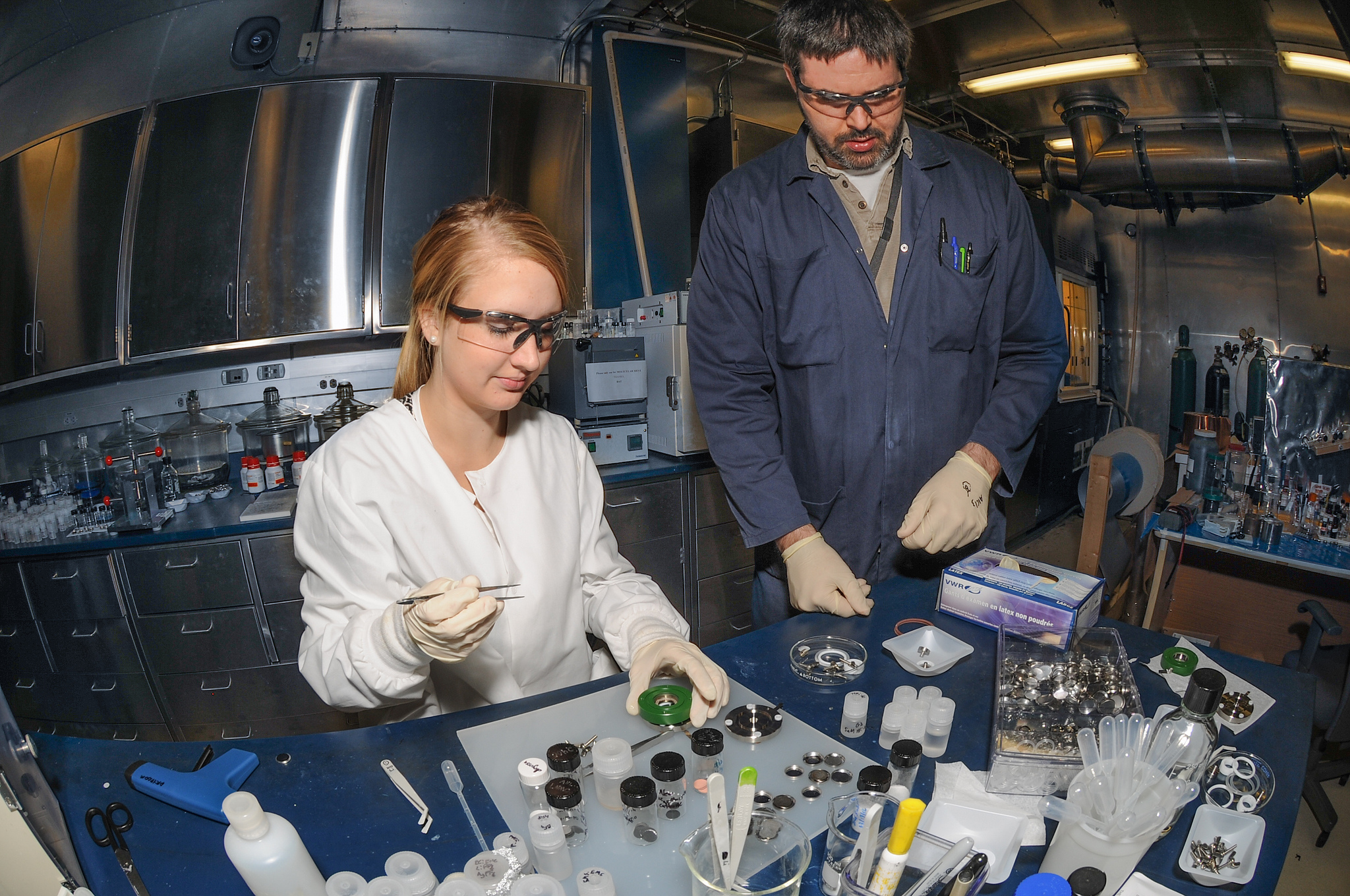
The government has established goals for the next decade to produce a quarter of the country’s electricity from solar and wind power and to have a million all-electric vehicles on the road. If these goals are to be met, we will need cheaper batteries with higher energy density and faster charging time.
The biggest problem with solar and wind power is that they produce energy only when the conditions are right, not necessarily when we need it. But large high-density battery packs could store energy when it is created for use at a later time, providing an uninterrupted source of power for homes and businesses. Electric cars could drive hundreds of miles without having a luxury-car price.
To tackle this challenge, the Department of Energy has created a $120 million Joint Center for Energy Storage Research, a 14-member partnership led by Argonne National Laboratory and including Lawrence Berkeley Lab, Sandia National Laboratories, and several universities and private companies.
The aggressive goal of the center is to achieve revolutionary advances in battery performance – five times the energy capacity at one fifth the cost – and they want to do it in just a few years.
In the two years leading up to the program, researchers have narrowed down a list of over 100 new battery types to just a few promising candidates. Over the next year, the center hopes to have new materials ready for testing and have optimized prototypes ready by 2017. Better batteries are the key to a green technology future.
**********
.
Web Links
Big plans under way to build a better battery
Photo, May 31, 2012, courtesy of U.S. Army RDECOM via Flickr.
.
Earth Wise is a production of WAMC Northeast Public Radio.
